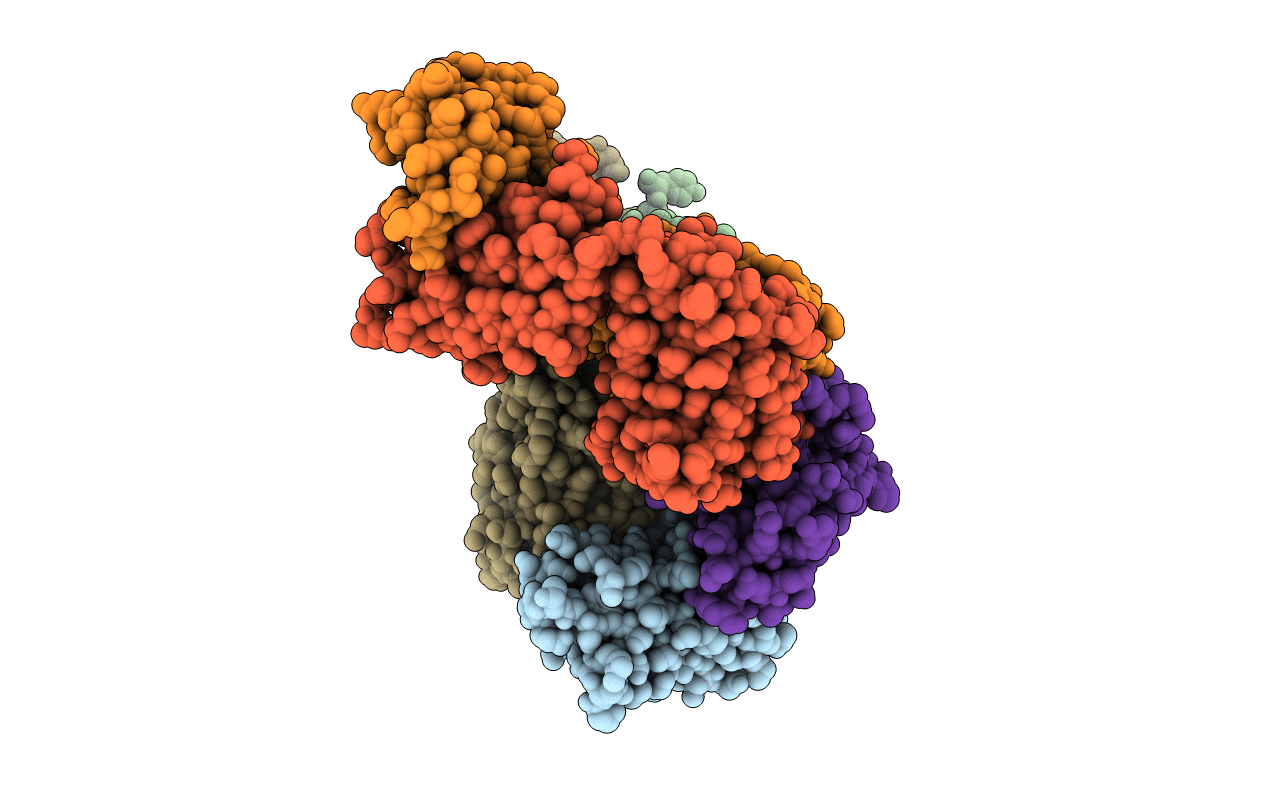
Deposition Date
2020-04-18
Release Date
2020-06-10
Last Version Date
2024-11-13
Entry Detail
PDB ID:
7BXA
Keywords:
Title:
Crystal structure of PD-1 in complex with tislelizumab Fab
Biological Source:
Source Organism:
Homo sapiens (Taxon ID: 9606)
Host Organism:
Method Details:
Experimental Method:
Resolution:
3.32 Å
R-Value Free:
0.29
R-Value Work:
0.24
R-Value Observed:
0.24
Space Group:
P 21 21 21


